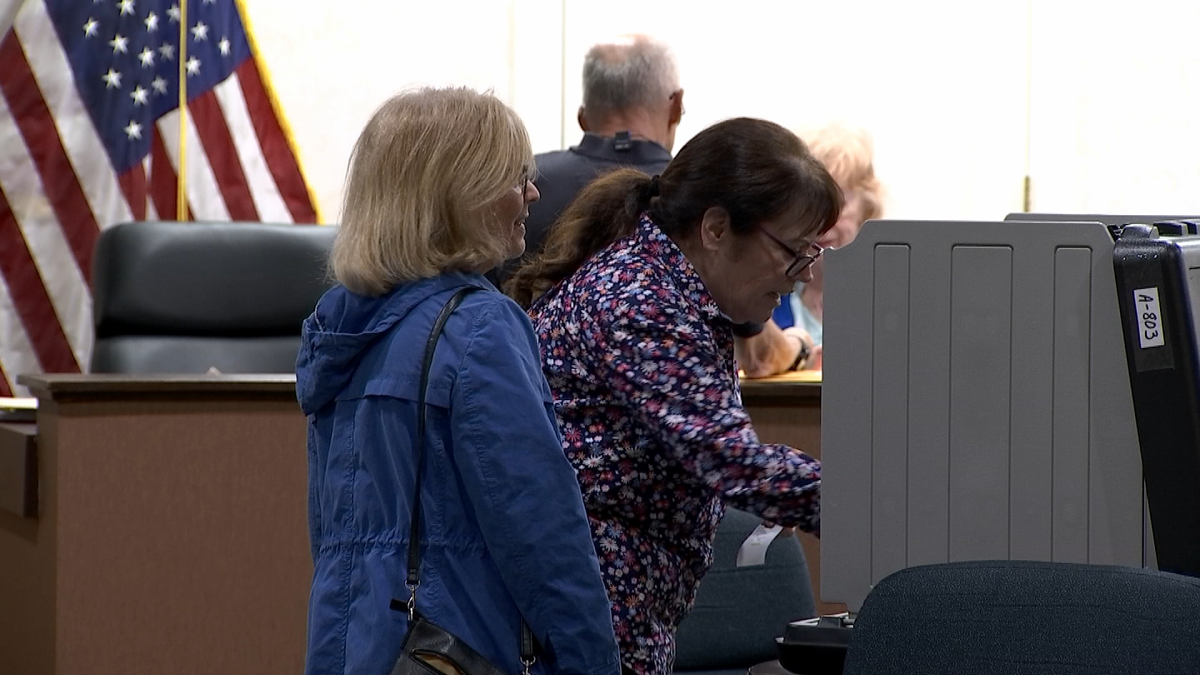The state of Illinois is still in the middle of summer, but for those who can’t wait for the leaves to start changing and for flannel shirts to come out of hibernation, the weather could pose some challenges to the annual explosion of color in our local forests.
Fall doesn’t technically begin until 8:04 p.m. on Sept. 22 in the Northern Hemisphere, but the weather patterns that are currently unfolding could end up making an impact on just how colorful the leaves in the trees will be later this year.
According to the U.S. Forest Service, three factors help to influence the color and vibrancy of leaves: the pigments within those leaves, the length of night, and the weather.
As days grow sorter, and nights grow longer and cooler, biochemical processes in the leaf begin to paint the landscape,” the service’s website says.
While the pigments within leaves and the length of nights are fairly constant (and you have until mid-to-late September to enjoy 12-plus hours of daylight and sunsets after 7 p.m.), the one variable in the equation is the weather.
According to the Forest Service, the two main weather factors that can influence the fall colors of leaves are temperature and moisture.
While a succession of warm and sunny days, followed by cool nights, tend to bring out the best colors, conditions that are too dry or too warm could potentially impact when those colors emerge, and change just how vibrant they are.
Local
According to the United States Department of Agriculture, a severe summer drought can delay the onset of fall colors by several weeks. What’s more, a period of warmer-than-average temperatures can also lower the intensity of those fall colors as the season moves along.
That’s where climate predictions from the National Oceanic and Atmospheric Administration, and drought monitoring from the University of Nebraska-Lincoln, come into play.
Feeling out of the loop? We'll catch you up on the Chicago news you need to know. Sign up for the weekly Chicago Catch-Up newsletter here.
According to NOAA data, in conjunction with the National Weather Service, Illinois could potentially see below-average rainfall in the month of September, and the state could also experience warmer-than-average temperatures in the process.
That warming pattern could potentially last all the way through the three-month period known as “meteorological autumn,” which runs from September through November.
According to the U.S. Drought Monitor, computed by Nebraska and various federal agencies, parts of Illinois are currently in an “abnormally dry” weather pattern, with several portions of central Illinois currently in a “moderate-to-severe” drought.
Those combined factors could cause potential changes to the time when the leaves would normally start to turn, and to the vibrancy of the colors within those leaves.
There is still time for the forecast and the projections to change between now and the autumn, however. According to Illinois officials, fall colors tend to peak during the month of October, with northern portions of the state seeing their leaves change colors before southern regions.
EnjoyIllinois is one of many sites that offers a fall-color tracker service, in conjunction with the Illinois Department of Natural Resources, and while that site is not yet active for 2022, residents can bookmark the site and keep an eye on the fall foliage forecast in the coming weeks and months.



